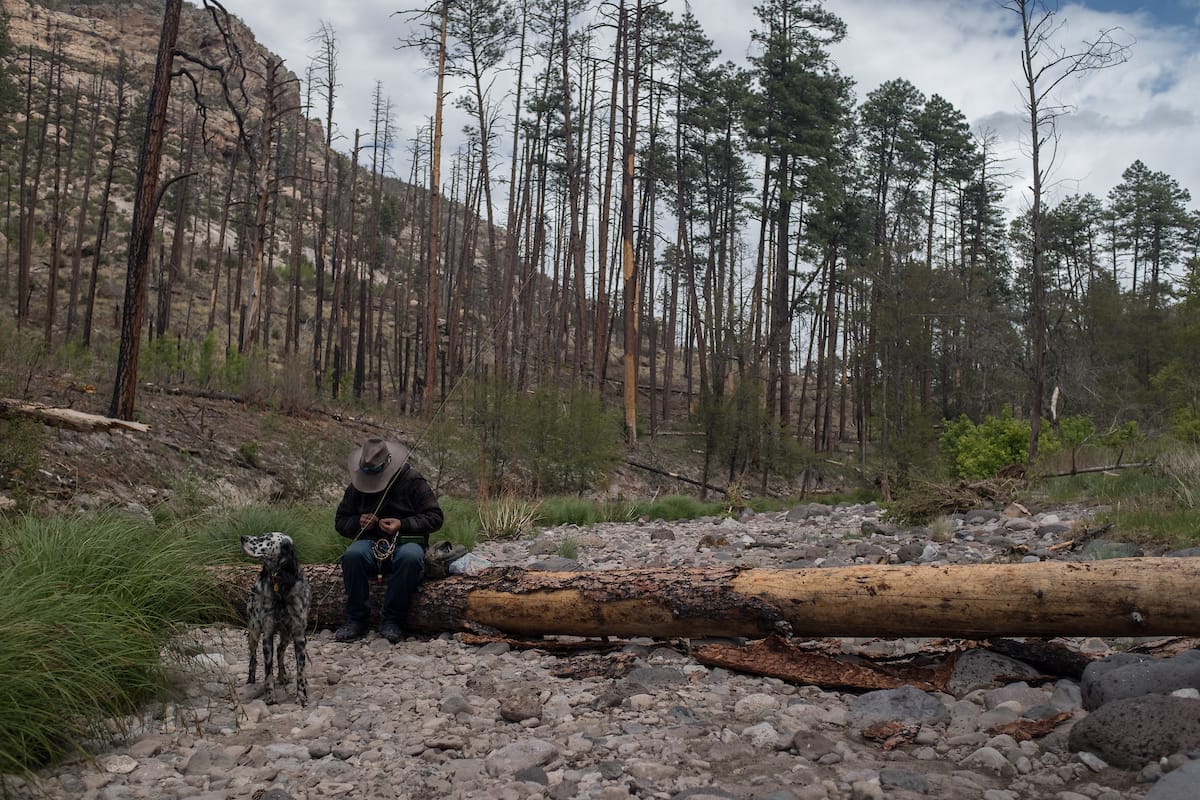Multi-million-dollar effort to restore headwater streams in Gila National Forest takes flight ahead of 100th Anniversary of Gila Wilderness
Since the catastrophic Whitewater Baldy Fire of 2012, Gila trout have had a difficult time in the headwater streams of the Gila National Forest. While fire has always been a part of the Gila landscape, in recent years the size and ferocity of these events has increased to terrifyingly destructive dimensions.
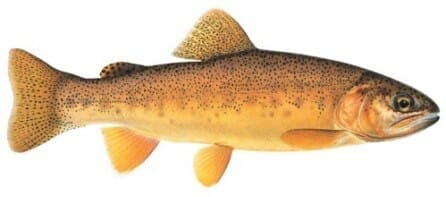
Wildlife in the Gila is well adapted to fires of moderate size and severity, but when fires reach the scale of Whitewater Baldy (298,000 acres) and last year’s Black Fire (325,000 acres), they wipe out the headwaters of streams for miles in every direction. During and after these fires, the cold-water Gila trout streams lose riparian vegetation that shields them from the hot New Mexico sun. No longer held down by upland vegetation, huge loads of ash, silt, sand and gravel – fill in pools and choke out spawning habitat.
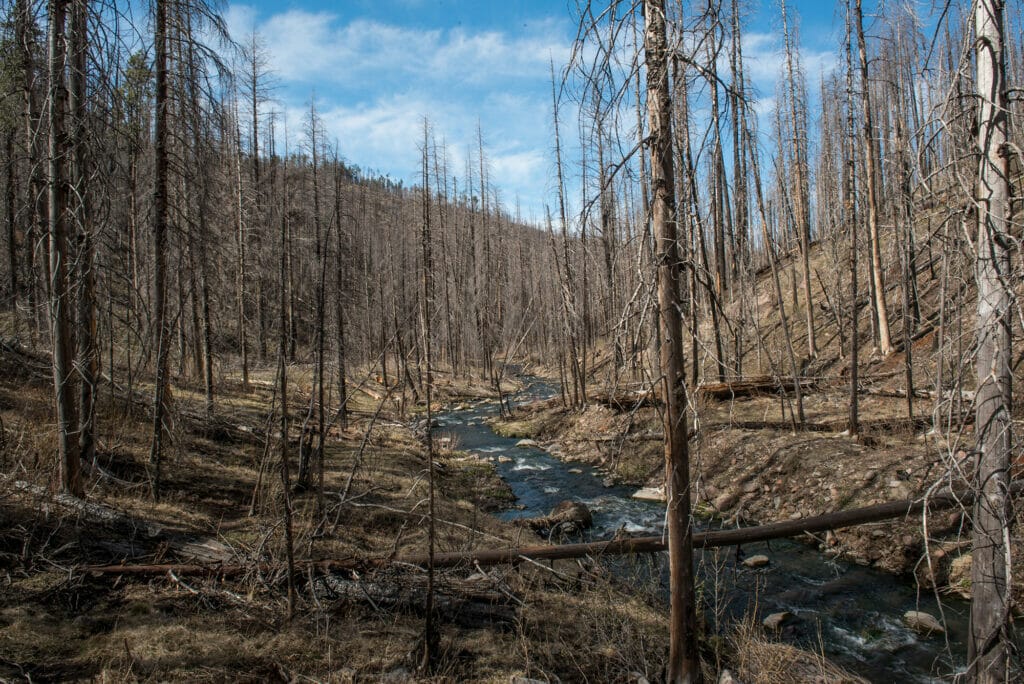
Restoration Efforts Commence
Each year since the Whitewater Baldy fire, TU chapter members and staff had witnessed a steady decline of Gila trout populations within the fire’s footprint. In 2017, they reached out to Natural Channel Design and began envisioning the restoration of Little Turkey Creek, a tiny tributary to the Willow Creek watershed where the fire impacts were particularly severe. Plans were hatched, funds were raised, and on the ground, work to bring this vision to fruition began in 2022.
The latest work session took place in late October and early November of 2023, TU volunteers and contractors gathered to continue restoring habitat along Little Turkey. Our crew was made up of TU’s Rio Grande/Gila Chapter, Rocky Mountain Youth Corps (RMYC), university students and professors, JEB Outfitters, Natural Channel Design Inc. (NCDI), along with local volunteers.
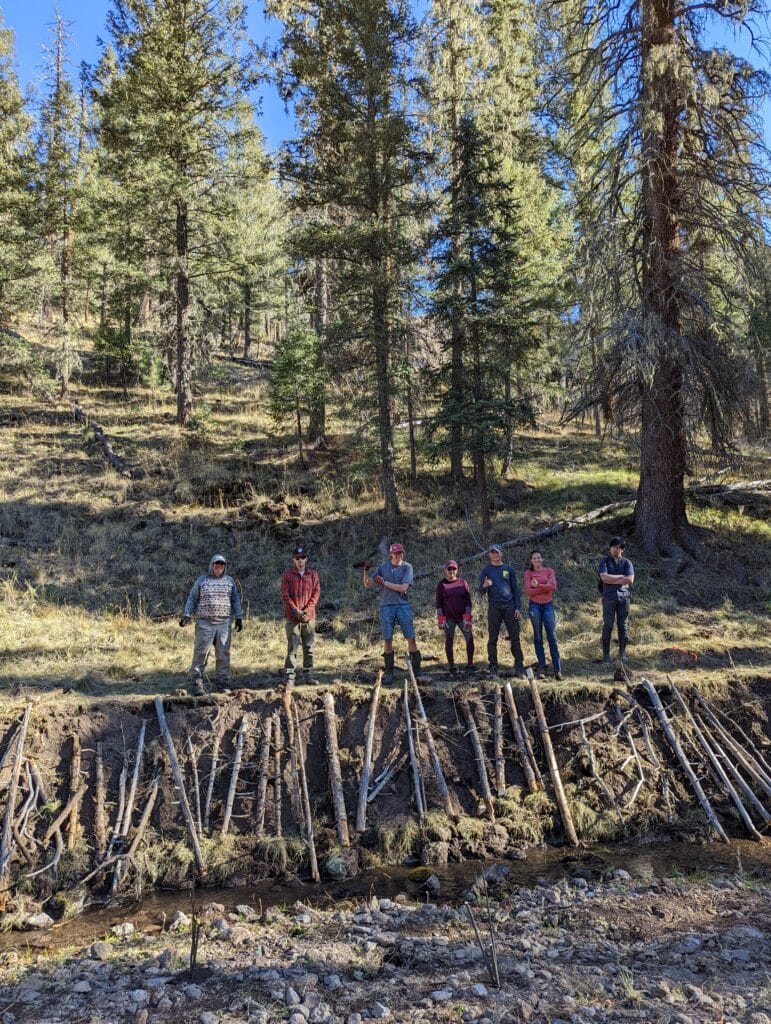
We braved frigid morning temperatures to move boulders and massive root wads with nothing but hand tools. We planted willows in sometimes frozen shorelines, improving habitat on over a mile of critical Gila trout habitat. Improving habitat is rewarding enough by itself, but we the haunting calls of Mexican Grey Wolves at night were definitely a bonus.
The team arrived at the Willow Creek Campground on the last day of elk season, setting up camp amongst horse trailers and diesel pickups and enjoying the first of many incredible meals cooked by Jim and Lynn Brooks of JEB Outfitters. We woke up the following morning to temperatures in the low teens. After warming up around the fire with the help of many cups of coffee and a breakfast of pancakes and bacon, Jim loaded the tools on the mules, and we all trudged a mile and a half into the wilderness surrounding Little Turkey Creek.
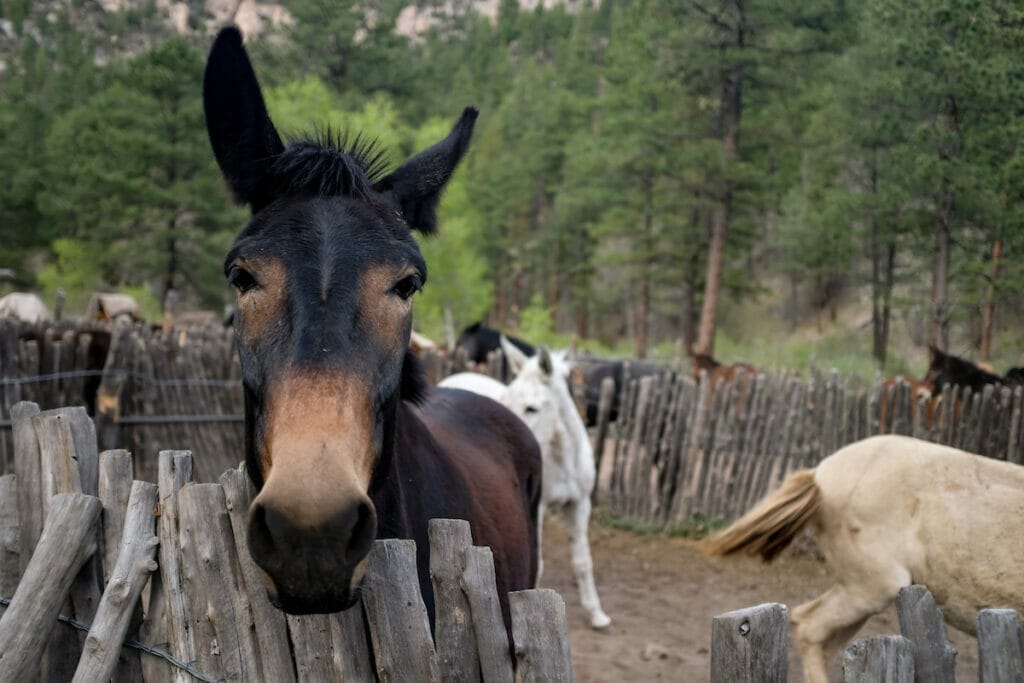
At the work site, NCDI pointed out locations for installing habitat structures made of rock and large woody debris, and we got to work. At the end of the day, tired and dirty, we made our way back to camp where the crew engaged in some heated, though friendly corn-hole before another gourmet camp meal.
All in all, our 12 days at Little Turkey Creek produced more than 70 in-stream structures and roughly 750 willows planted. And Little Turkey is part of millions of dollars being spent in recent years through a combination of the Keystone funding, New Mexico Game and Fish and other partners for fish barriers and habitat restoration.
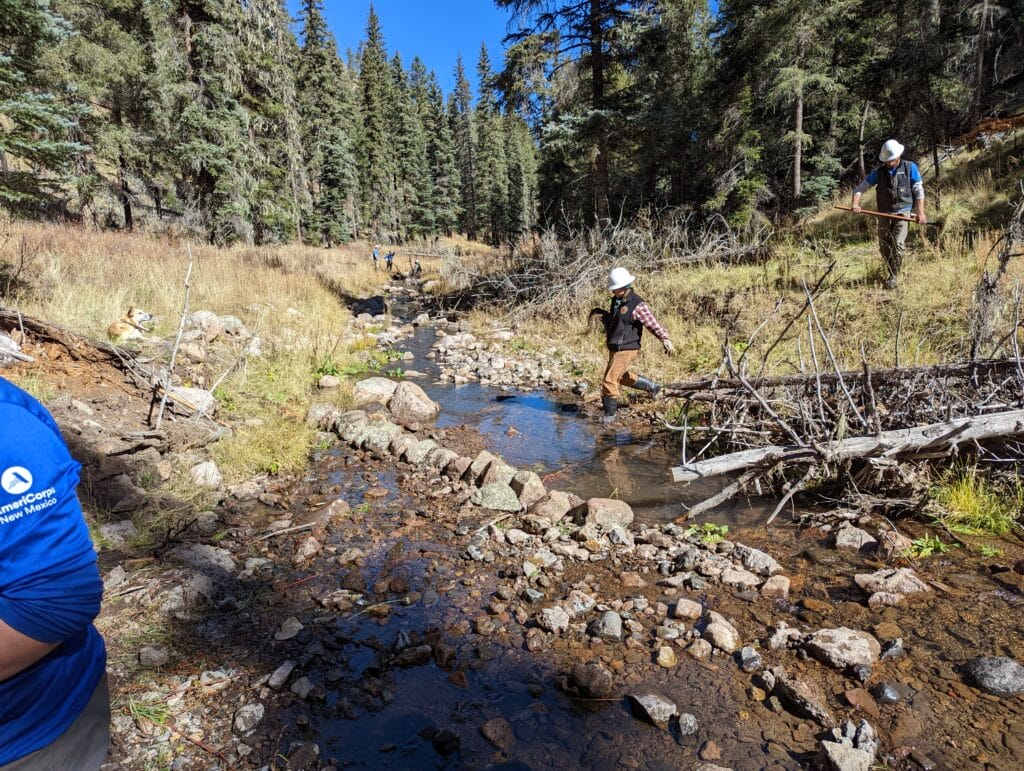
In 2024, we hope to expand this work through a variety of field workdays, tours and events in conjunction with partners to advocate for this valuable habitat and watershed. Although it is a remote destination, the coming Gila Centennial will give us additional opportunities to showcase the importance of restoring native trout.
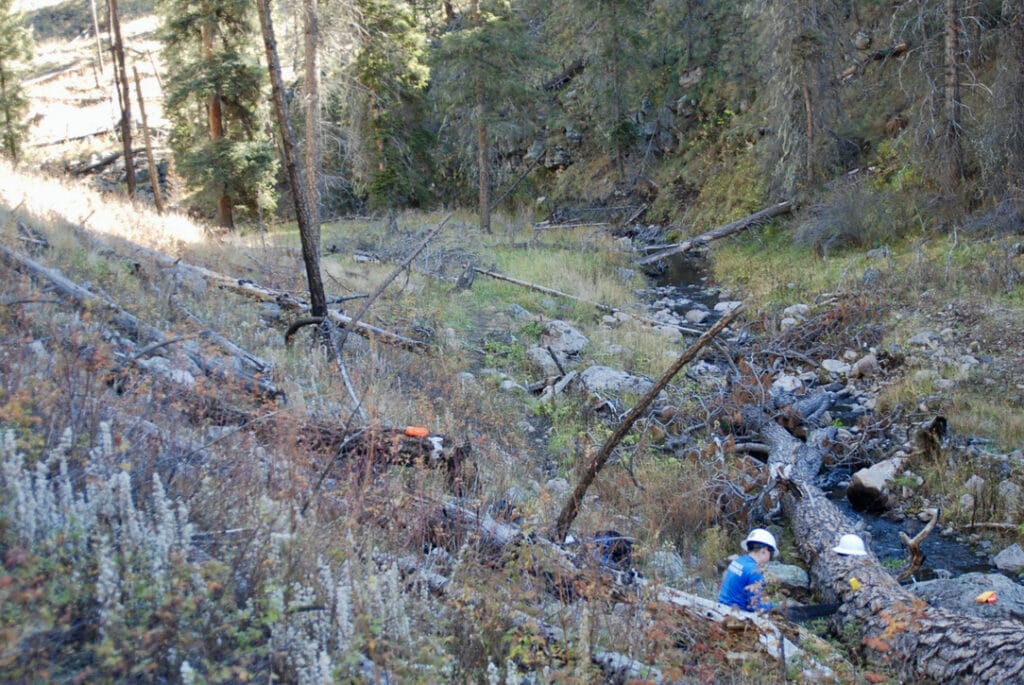
Photo courtesy of Quinn Mendelson, RMYC.
For now, we can take deserved pride in some of the fruit that has already appeared on the branches of the Gila tree. After just a few years of project work, beavers have moved in at the confluence of Little Turkey and Willow Creeks. The latest fish survey shows more Gila trout than have been seen in recent years. There is light at the end of this tunnel.



